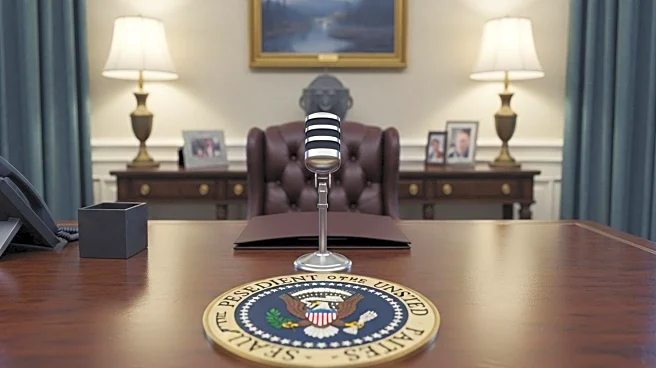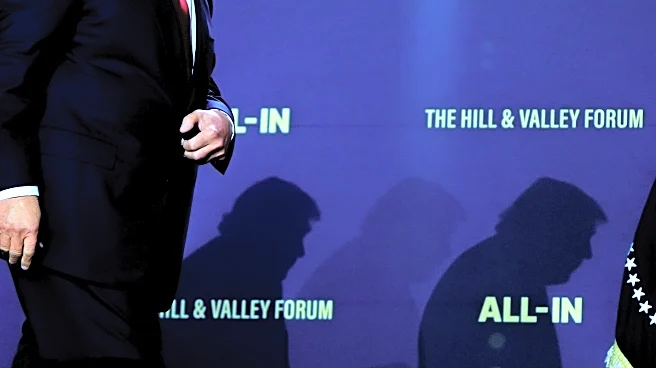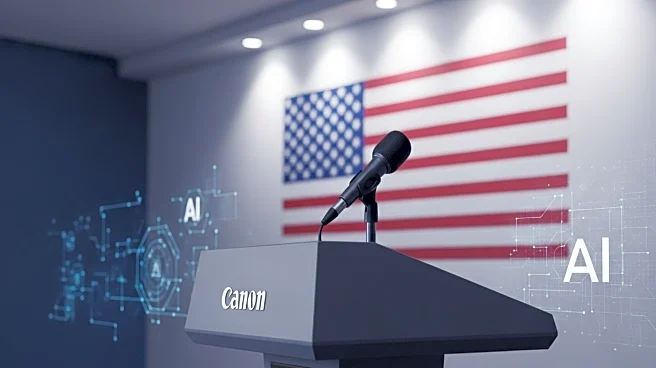What's Happening?
Speculation about President Trump's health surged on social media, fueled by AI-enhanced images that purportedly showed abnormalities. Users applied AI tools to grainy photos, leading to false conclusions about Trump's condition. The AI 'zoom and enhance' technique added misleading details, creating confusion rather than clarity. This incident highlights the limitations of AI in accurately interpreting visual data, as enhancements can introduce inaccuracies. The viral spread of these images underscores the role of technology in shaping public perception and the potential for misinformation.
Why It's Important?
The misuse of AI image enhancement tools can lead to widespread misinformation, affecting public discourse and perceptions of political figures. As AI technology becomes more prevalent, understanding its limitations is crucial to prevent the spread of false narratives. This incident illustrates the need for critical evaluation of AI-generated content, especially in sensitive contexts like health and politics. The reliance on AI for visual interpretation can distort reality, emphasizing the importance of media literacy and responsible use of technology.
Beyond the Headlines
The ethical implications of AI-enhanced imagery are significant, raising questions about privacy, consent, and the potential for manipulation. As AI tools become more sophisticated, the risk of creating deceptive content increases, necessitating regulatory frameworks and ethical guidelines. The incident also highlights the cultural impact of technology, as AI-generated content influences public opinion and societal norms. Long-term, the integration of AI in media and communication may require new standards to ensure accuracy and accountability.












